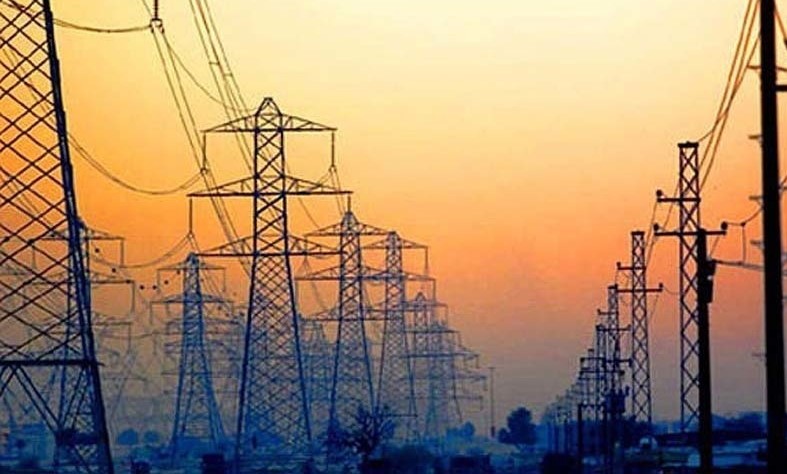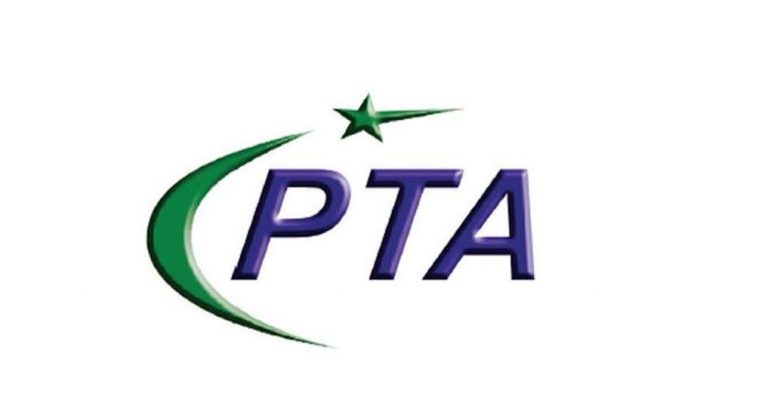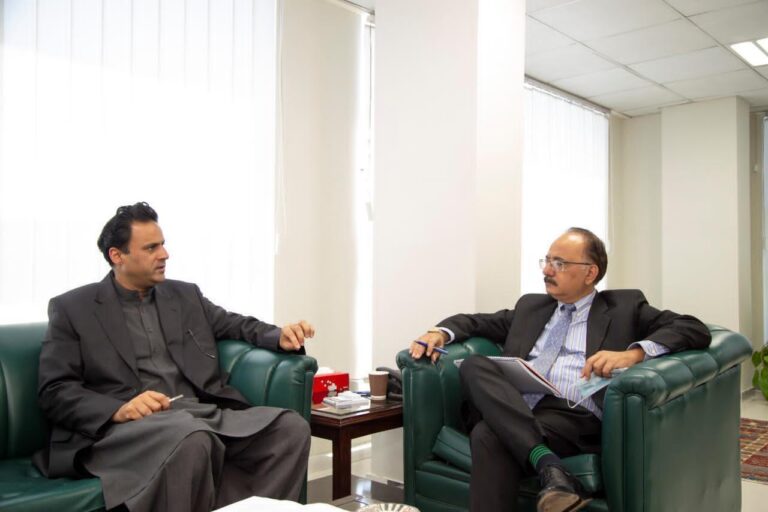Cabinet approves Rs 100b payment to Power Sector
Ibn-e-Ameer
The cabinet has approved Rs 100 billion payment to Independent Power Plants (IPPs) to manage the liquidity requirements of the power sector in Pakistan.
Earlier, the economic coordination committee (ECC) in its meeting held on January 5 had approved payment of Rs 100 billion to IPPs.
The government has already paid Rs 134 billion to IPPs under a settlement deal.
Power division had informed that it would use Rs 50 billion against pending subsidy claims of the previous fiscal year.
It would also utilize another Rs 50 billion during the current financial year as an adjustment to meet the requirement of the power sector in Pakistan. It further informed that the power division had consulted the finance division in this regard.
The government had already paid billions to IPPs following the settlement deal.
The government was also trying to gradually reduce the subsidy in the power sector.It plans to target the consumers by conducting the survey.
In phase 1, the government had approved a plan to reduce the subsidy by creating more slabs for power consumers.It had also cut the volume of consumers by around 8 million that were under safety net of subsidy in the power sector.
Under phase 2, the power division is also working on different measures to cut the volume of subsidy more in near future.
The consumers were under extreme pressure of inflation due to the high prices of fuel in the country. The price of petroleum products and electricity were all-time high during the present regime.
Despite the sharp increase in electricity prices, the circular debt in the power sector continued going up. It stood at Rs. 2.280 trillion on June 30, 2021.
However, it was Rs 1.6 trillion after PTI came into power. The circular debt in the oil and gas sectors had also swelled to Rs 1.6 trillion.
The receivables of Pakistan State Oil (PSO), a state-run oil marketing company had crossed Rs 420 billion for the first time in history. The company was leading towards a financial crisis. The key defaulter of this company was the power sector that failed to pay bills of oil supply.








